Living Our Civilization Abroad: How the Diaspora Celebrates Navratri to Diwali
Hindus enter a festive season of fasting, prayer, dance, drama, family gatherings, and lighting homes, rooted deeply in the soil of Bharat.
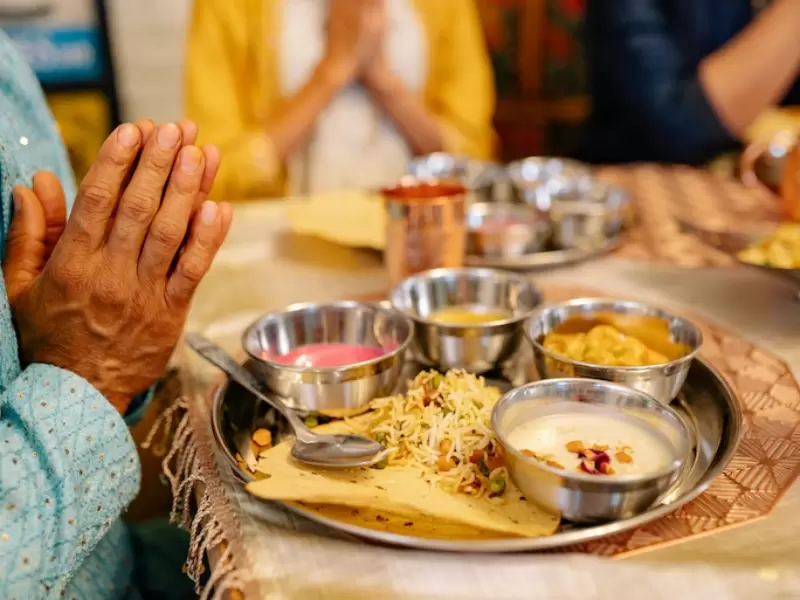 Representative Image / Pexels
Representative Image / Pexels
Every autumn, as leaves turn red and gold and the nights grow longer, a billion Hindus across the world step into a sacred season—from Navratri to Diwali. In America, too, the rhythm of devotion and celebration fills temples, homes, and community halls. From Garba nights in suburban gyms to Diwali diyas glowing on Manhattan rooftops, the diaspora does more than mark festivals—we live our civilization abroad.
For Hindu families, these weeks are not just about fasting, dance, or fireworks. They are acts of remembrance and renewal, weaving threads of Sanatan Dharma into the fabric of our adopted homelands. For our children, they are anchors of identity; for our neighbors, they are windows into a civilization that has endured for millennia.
Bharat’s diversity, not just its thriving democracy and digital transformation, comes alive across the U.S. when the diaspora fondly connects to its civilizational roots. Today, Indian Americans number more than 4.8 million nationwide, with nearly 3 million identifying as Hindu, making them the second-largest immigrant faith community in the U.S. From New York to California, Texas to Minnesota, the wind in Hindu hearts changes as the moon waxes and the leaves turn color.
Hindus enter a festive season of fasting, prayer, dance, drama, family gatherings, and lighting homes, rooted deeply in the soil of Bharat. For the diaspora, it is also a season of cultural affirmation and weaving heritage into the fabric of new homelands with friends and family.
Minnesota as an Example
Take Minnesota, the author’s home state, while smaller in numbers than New York, New Jersey, or Silicon Valley, it now hosts over 50,000 Indian Americans and more than a dozen Hindu temples and as many regional associations. Within the month-long festivals, one can attend multiple Mata ki Chowkis, Garba nights, Durga Puja celebrations, and Diwali festivals organized by pan-Indian groups. Though events often overlap, they are consistently well attended, underscoring both diversity and unity.
Tamil, Telugu, Gujarati, Punjabi, Bengali, and North Indian communities bring their distinctive traditions—yet converge in the shared civilizational spirit of Bharat. The lights of Diwali in suburban Minneapolis glow with the same devotion as in Mumbai or Delhi, proving that Hindu ethos does not merely survive abroad; it flourishes.
Navratri: Fasting and Renewal
Navratri—“nine nights” dedicated to the Divine Feminine—is unique to Sanatan Dharma. Devi is worshipped in her many forms, particularly Goddess Durga and her nine manifestations. Devotees observe fasts of varying discipline (from single meals to fruit-only or liquid diets), and immerse themselves in prayer, music, and rituals.
A striking example of discipline comes from Prime Minister Narendra Modi, who has fasted during Navratri for nearly 50 years, sustaining himself on liquids even during international visits. In his first U.S. trip as Prime Minister in 2014—addressing the UN General Assembly, rallying at Madison Square Garden, and meeting President Obama—he maintained his fast.
Yet fasting is not compulsory in Hinduism. It is a voluntary discipline—an act of physical cleansing and spiritual renewal. In the U.S., Gujarati communities organize Garba and Dandiya nights, filling community halls with thousands of youth in colorful attire, dancing past midnight. For parents, these are more than social gatherings; they are lessons in devotion and continuity. Similarly, Bengali associations recreate Durga Puja with grandeur, retelling the goddess’s victory over Mahishasura.
Beyond ritual and festivity, Navratri is a time for spiritual transformation. Chanting Devi mantras is believed to invoke divine blessings, remove obstacles, and fulfill heartfelt desires. Yet, despite its scale, Navratri remains largely invisible outside Hindu circles. While Ramadan fasting is widely recognized in schools, media, and workplaces, Navratri’s fasting and devotion are often reduced to “dance nights.”
Vijayadashami: Triumph of Dharma
The tenth day, Vijayadashami or Dussehra (October 2 this year), celebrates the victory of Dharma over Adharma. In northern Bharat, it marks Bhagwan Ram’s triumph over Ravana, immortalized through Ram Leela and effigy burnings. In the east, it honors Goddess Durga’s victory over Mahishasura.
The diaspora carries these traditions abroad. Ram Leelas are staged in American parks and auditoriums, often with second-generation youth in lead roles. These performances serve as cultural transmission—teaching that Ram’s story is not mere mythology but a moral compass. In Minnesota, productions conclude with burning Ravana effigies, drawing hundreds of families, especially young children.
In an era dominated by misinformation, Vijayadashami’s message—that truth prevails over deception—resonates powerfully.
Diwali: Festival of Lights
The crown jewel of Hindu festivals, Diwali (October 20 this year), is celebrated by over a billion people worldwide. For Hindus abroad, it is both private and public: families light diyas, temples host fireworks, and cities issue official proclamations.
In recent years, Diwali has reached global stages: the White House celebrates it, Times Square lights up, and U.S. states such as California, New Jersey, New York, Texas, and Pennsylvania have recognized it as an official holiday—with more to follow. Today, nearly one in every 100 Americans is of Indian origin, giving these celebrations visibility at civic, state, and federal levels.
For Hindus, Diwali is as central as Christmas in the West or Eid in the Islamic world. Its meanings are manifold: Bhagwan Ram’s return to Ayodhya, Goddess Lakshmi’s arrival in homes, Lord Krishna’s victory over Narakasura. Universally, though, it is celebrated as the triumph of light over darkness, within and without.
Yet too often, Diwali is reduced to a “festival of lights,” stripped of its spiritual and civilizational depth. Its continuity with the fasting of Navratri and the moral drama of Vijayadashami is overlooked. Diwali shines brightly, but its roots deserve acknowledgment.
Civilizational Continuity Abroad
The Hindu diaspora does not merely preserve festivals—it reinterprets them for new lands. Garbas in suburban auditoriums, Ram Leelas in school theaters, Diwali fireworks against Manhattan’s skyline—these are not entertainment alone but acts of civilizational continuity.
For second and third generations, these festivals are not only nostalgia but identity. A young Hindu who fasts during Navratri or lights diyas at Diwali is not just celebrating—he or she is living Bharat’s civilizational story in a new context.
And the numbers underscore this: the Indian diaspora, over 32 million strong globally, is the largest in the world. Wherever it goes, Bharat’s civilizational light travels with it.
The challenge remains: awareness. Neighbors know Ramadan. They often do not know Navratri. This is not competition—it is a call to action.
From Silence to Storytelling
Hindus abroad must recognize this gap. Silence around our fasting and prayers is not humility—it is invisibility. Awareness will not come automatically; it must be built through confident storytelling by all Hindus:
- Invite colleagues, classmates, and neighbors to Garba nights, Diwali pujas, and community feasts.
- Explain the symbolism—why we fast, why we dance, why we light diyas.
- Write, speak, and share the civilizational depth behind our festivals.
Hindu organizations—such as the Coalition of Hindus in North America (CoHNA), Hindu American Foundation (HAF), and Vishwa Hindu Parishad of America (VHPA)—along with mandirs and community groups, must multiply efforts to raise awareness. This is not confrontation but confidence. Just as Ramadan’s visibility commands respect, so too should Hindu festivals.
A Civilizational Resolution
Living abroad does not mean living apart. It means carrying Bharat with us—not as nostalgia, but as living continuity. Navratri to Diwali is not just a celebration; it is our civilizational pride and inheritance.
With a significant diaspora presence—commanding respect and professionalism in medicine, technology, business, politics, and every sphere of American life—it is striking that our festivals remain in the shadows of broader cultural recognition. We are visible in boardrooms and ballot boxes, yet too often invisible in classrooms, calendars, and mainstream culture. This contrast is a reminder of both our progress and our responsibility.
This year, as diyas glow and prayers rise, let us celebrate with pride—and with purpose. The responsibility of the diaspora is clear: to ensure our festivals are not reduced to exotic lights and dances, but understood as expressions of an ancient, living civilization.
The light of Dharma shines not only in Bharat—it shines wherever her children live.
NOTE: The author acknowledges the use of ChatGPT in researching topics and the meaningful improvement of content.
(The views and opinions expressed in this article are those of the author and do not necessarily reflect the official policy or position of New India Abroad)
ADVERTISEMENT
ADVERTISEMENT
E Paper
Video



 Vijendra Agarwal
Vijendra Agarwal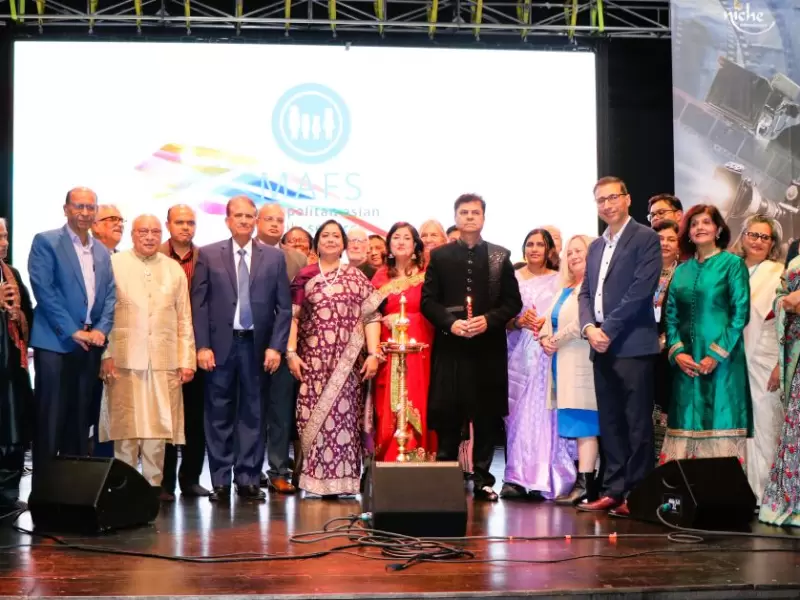
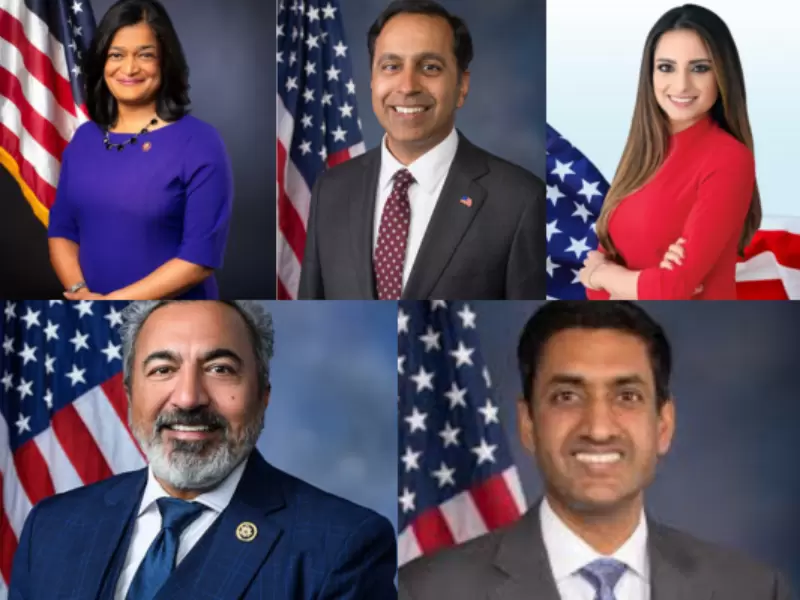
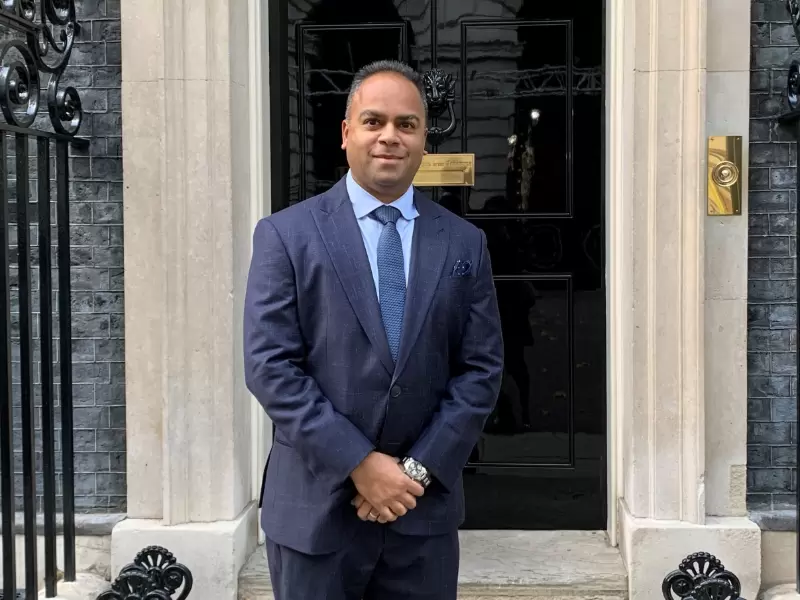
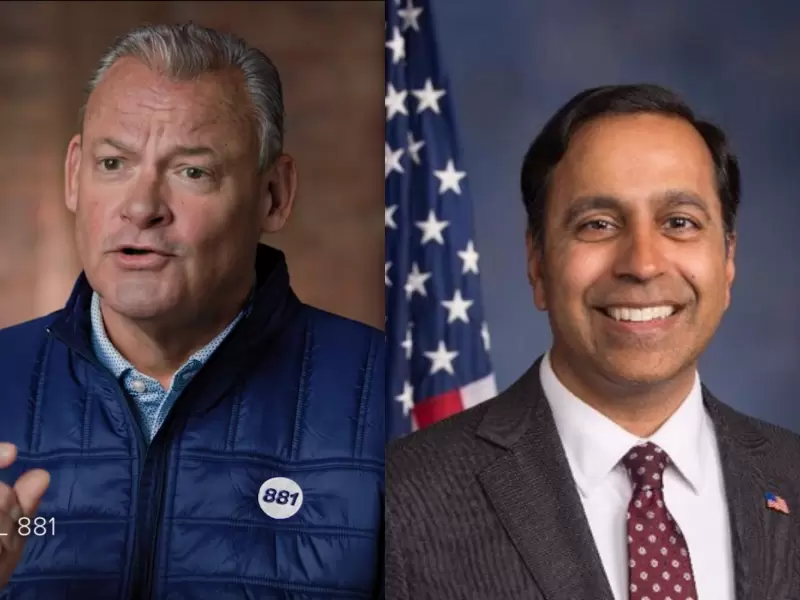
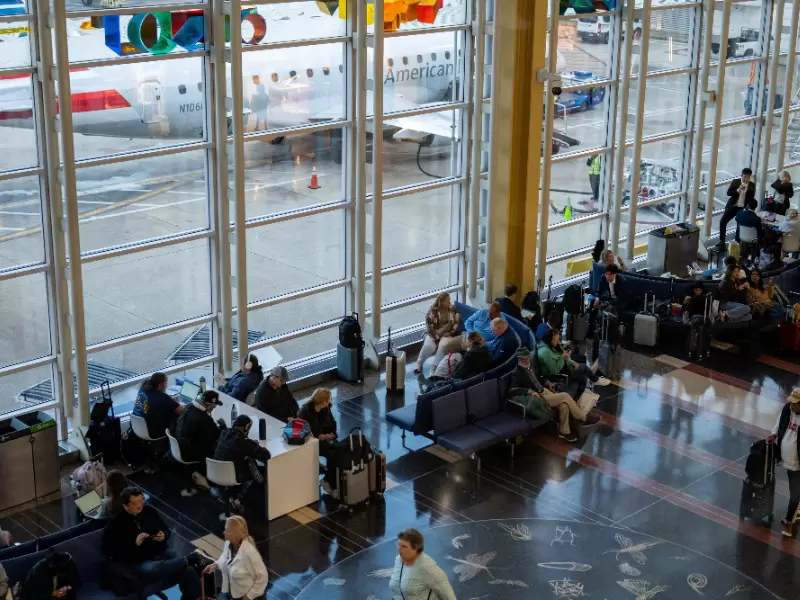
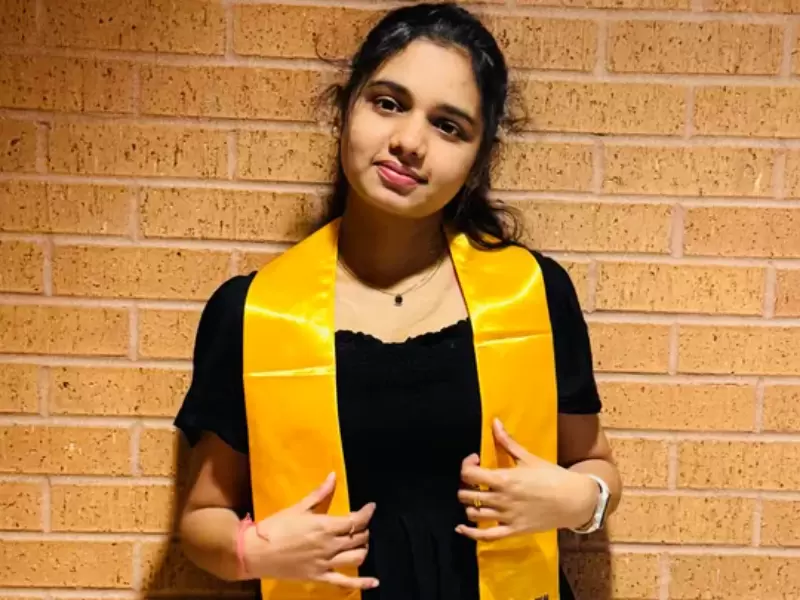
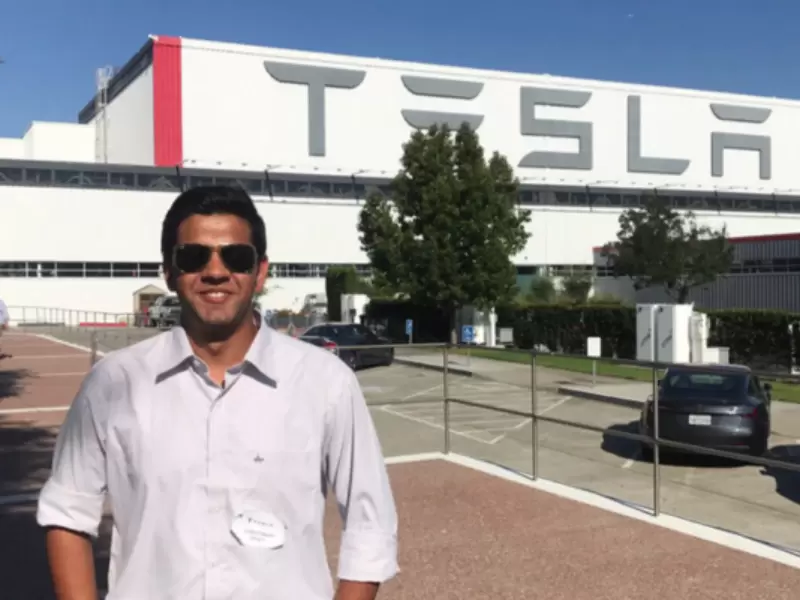


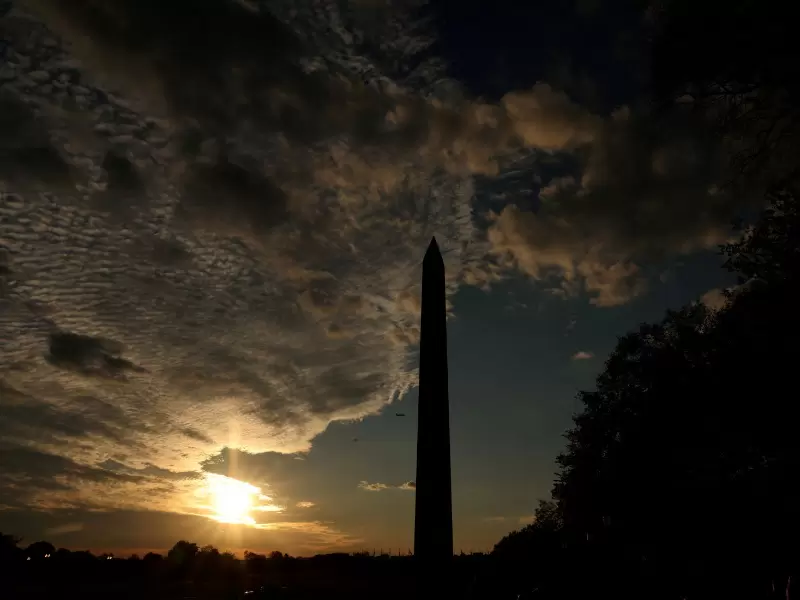
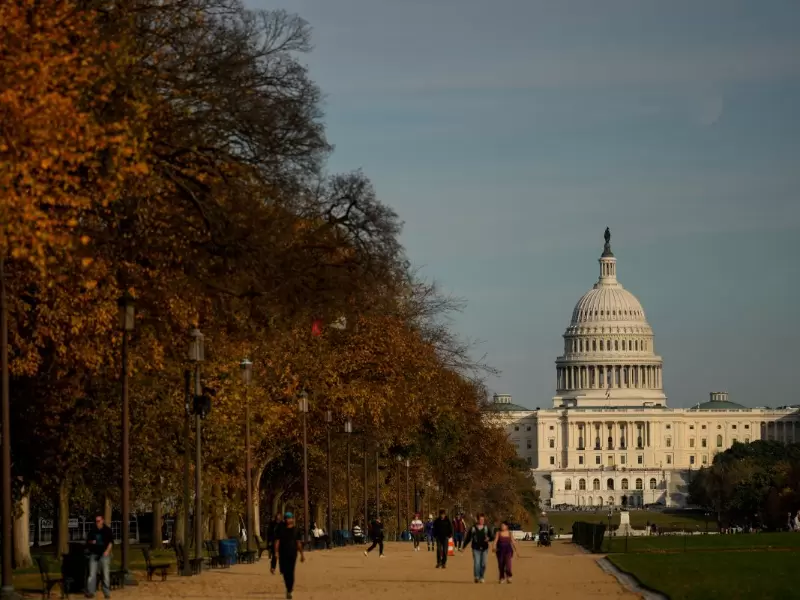
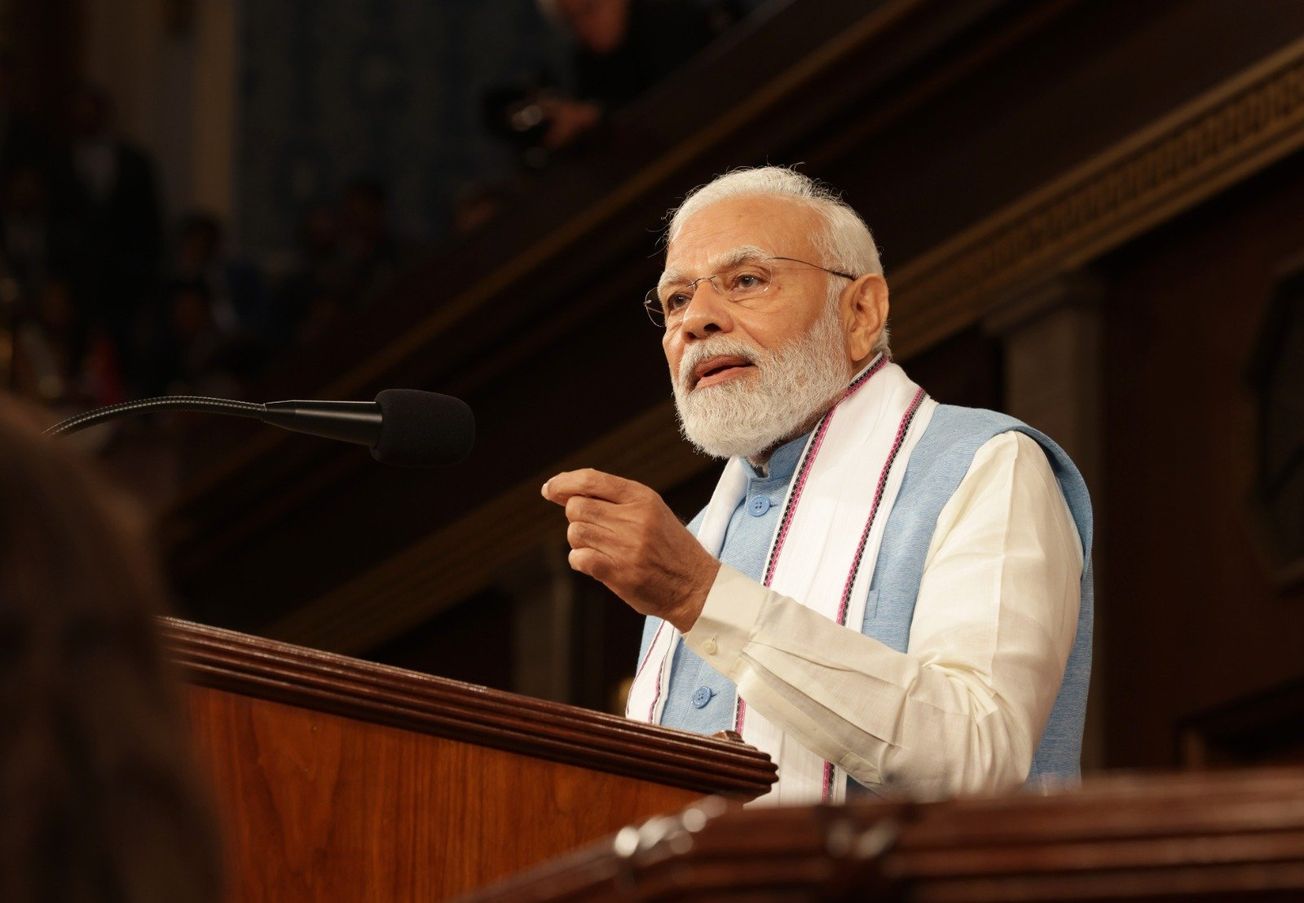

Comments
Start the conversation
Become a member of New India Abroad to start commenting.
Sign Up Now
Already have an account? Login